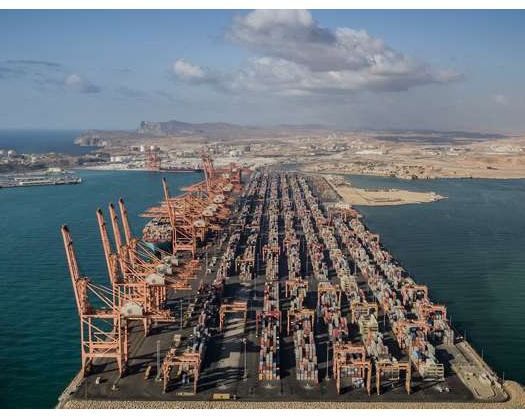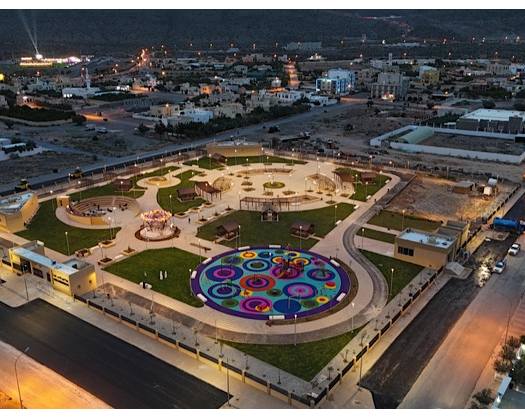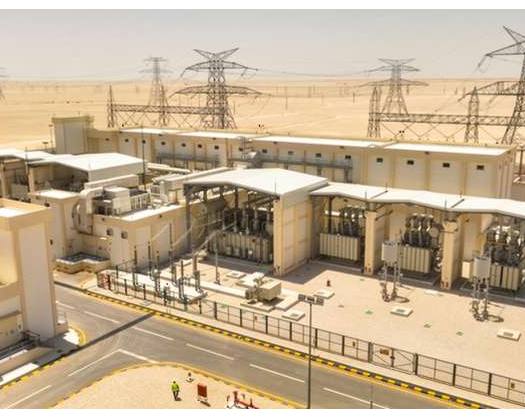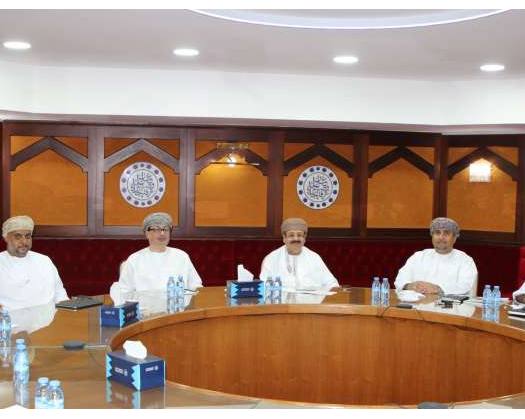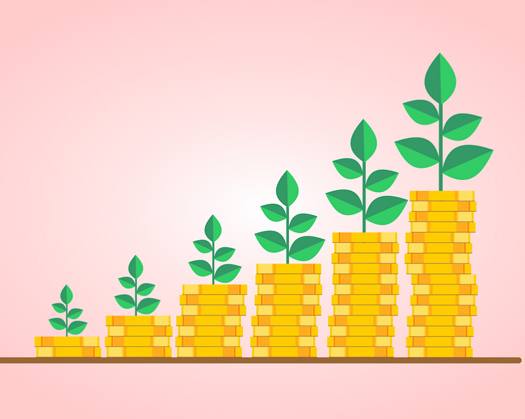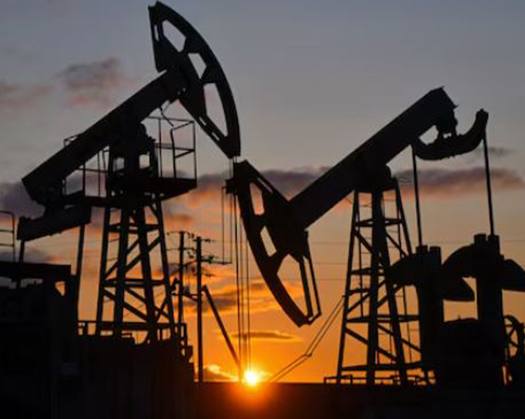Muscat: The State's Public Revenue for the month of August 2024 stood at OMR8,106 million, marking an increase of OMR183 million from the previous year's total of OMR7,923 million, as reported in the Fiscal Performance bulletin issued by the Ministry of Finance.
This growth can primarily be attributed to a rise in net oil revenue, as indicated by the Fiscal Performance bulletin. At the close of August 2024, the net oil revenue reached OMR4,649 million, an increase of 12% compared to the previous year's total of OMR4,145 million. The average oil price per barrel was recorded at USD 83, and the average daily oil production reached 1,001,000 barrels. This growth can be largely credited to the Energy Development Oman (EDO) for its effective collection of oil revenue and management of cash flow.
In contrast, the net gas revenue for the same period saw a decline of 15% to OMR1,213 million, from the previous year's total of OMR1,434 million, attributed to a change in the methodology for collecting gas revenue.
Additionally, the current revenue for the month of August 2024 amounted to RO 2,230 million, a decrease of OMR104 million from the previous year's total of OMR2,334 million. However, public spending for the same period increased by OMR509 million, or 7%, compared to the previous year's total spending of RO 7,150 million.
The expenditure on civil ministries for the month of August 2024 was OMR5,434 million, a decrease of OMR30 million from the previous year's total of OMR5,464 million.
Regarding development expenditure, ministries and government units saw a total of OMR735 million in August 2024, representing 82% of the total development spending for the year, with an allocation of OMR900 million for 2024.
In terms of contributions and other expenses, the total for the month of August 2024 was OMR1,440 million, marking a 58% increase from the previous year's total of OMR914 million, attributed to the implementation of the social protection system in 2024.
Furthermore, the social protection system subsidy, electricity sector subsidy, and oil products subsidy amounted to OMR373 million, OMR295 million, and OMR191 million, respectively. Additionally, an amount of OMR266 million was transferred to the budget for future debt obligations.
According to the Economic Outlook, Interim Report published by the Organization for Economic Co-operation and Development (OECD) in September 2024, it is anticipated that global economic growth will stabilize throughout the projection period, ranging from 3.2% in both 2024 and 2025. This forecast aligns with the average growth rate observed during the initial half of the year.
The OECD has noted that the delayed impact of monetary policy tightening in advanced economies on economic growth is beginning to wane. Furthermore, a reduction in inflation, coupled with further monetary policy easing as inflation declines, is expected to bolster expenditures sensitive to interest rates in 2025. Additionally, a decline in inflation is projected to provide an additional boost to real income growth and act as a tailwind for private consumption in numerous economies.
The U.S. Energy Information Administration (EIA) in its Short-Term Energy Outlook (STEO) issued in August 2024, anticipates that the Brent crude oil spot price will average USD 83 per barrel in 2024, with an expected average of USD 84 per barrel in 2025.
In its report dated September 2024, Standard & Poor’s Global Ratings has upgraded Oman’s credit rating to “BBB-” with a stable outlook. This upgrade signifies Oman’s re-entry into the investment-grade category, marking nearly seven years since its last downgrade.
The improvement in Oman’s credit rating is attributed to the sustained efforts to enhance public finances through financial and economic reform initiatives and the restructuring of the government. These measures have contributed to restoring the equilibrium between revenues and public spending, as outlined in the medium-term fiscal plan, leading to financial surpluses.
Furthermore, the government’s commitment to reducing public debt, improving governance of state-owned enterprises, and decreasing debt levels has played a significant role in this positive outcome.
Moreover, Standard & Poor’s expects Oman’s general budget to generate financial surpluses of 1.9% during the 2024-2027 period. Additionally, the agency anticipates that Oman’s real gross domestic product (GDP) will experience an average annual growth rate of 2% during the same period. Furthermore, the current account is projected to record financial surpluses averaging 1.2% of GDP throughout the 2024-2027 period.

